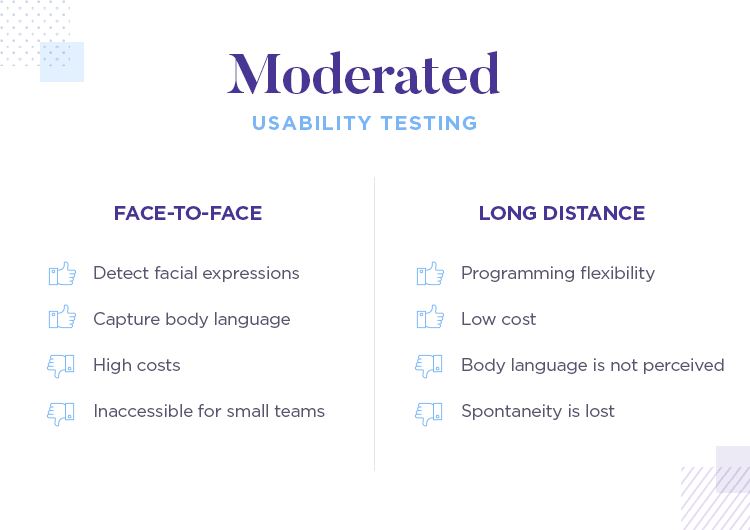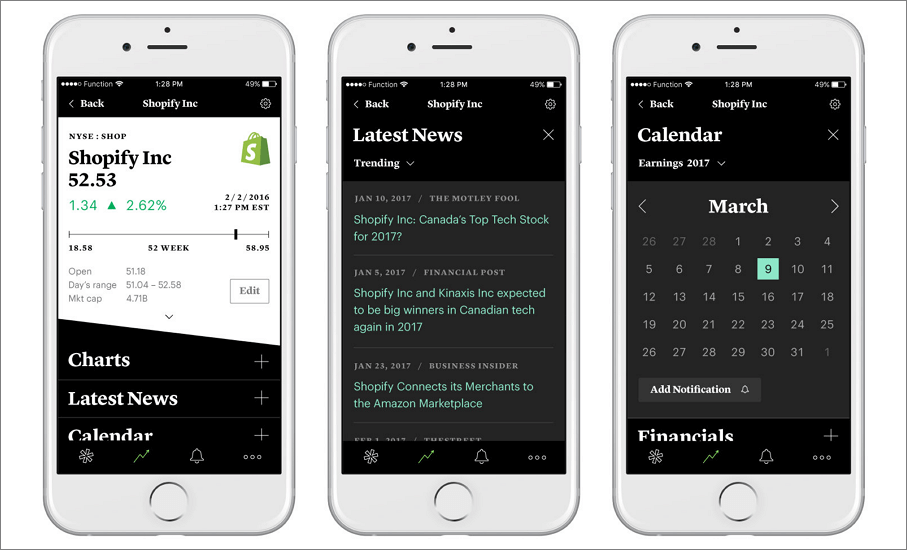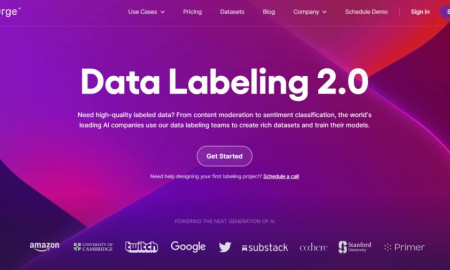
A great way to make a product that people will use again and again is user-centered designing. However, it is important to follow certain steps in order to achieve the best results.
First, identify your customers. The next step is to identify your users and conduct research to discover what they want from a product. This can be done using surveys, usability testing, and other methods. Your goal is to determine what your users need in the simplest, most useful manner.

Next, you need to decide what type of building you want. As a rule of thumb, you should start with a general idea. Once you have a clear idea of your users' needs, you can start to plan what you need do to make your product useful. This means you will need to make minor adjustments to your design in order to understand what your customers want.
During development, you'll be creating multiple versions of the same screen. You can achieve this by using various tools such as wireframes or mockups. These methods are very effective in determining what features are important and what users are looking for.
Throughout the development phase, you should also focus on gathering user feedback. It is possible to improve your product by implementing a solid feedback strategy.
This is possible by running a quick prototype. A quick prototype can help your team understand how users use the screen. The prototype will help you identify any issues that may arise later in the development process. Some users may not know that certain features are necessary. The smallest detail can have an impact on the performance of your product.

Additionally, you'll need to conduct a test to determine if your design meets the needs of your user. Although it may seem tedious, it will save you headaches in the future.
To get the desired outcome, you will need iterate on your design. Some developers opt for rapid prototyping. Others prefer to work with real users. If you're able do both, you can see if the design you have is the right one for your users.
The goal of user-centered design is to create products that are intuitive and easy to use. This will ensure that your customers have a pleasant experience with your products and lead to increased sales and customer loyalty. Your users are the most likely to be interested. To accomplish this, you will need to involve them in the planning and development of your product.
In the end, the user-centered design process is the most effective way to create a product that will meet your clients' needs and desires. It will also allow you to get the latest technology in your consumers' hands.
FAQ
Can I make my website using HTML and CSS?
Yes! Yes!
Now that you know how to create the structure of a website, you'll also need to learn some HTML and CSS coding.
HTML stands to represent HyperText Markup Language. You can think of it as writing a recipe. You'd list the ingredients, instructions, along with directions. HTML can also be used to inform a computer if certain parts of text should appear bold, underlined and italicized. It's the language for documents.
CSS stands for Cascading Style sheets. It is like a stylesheet that you use to create recipes. Instead of listing each ingredient and instructing, you can write down general guidelines for font sizes, colors and spacing.
HTML tells the browser how to format a web page; CSS tells it how to do it.
Don't worry if you don't know the meaning of either one of these terms. Follow these tutorials to create beautiful websites.
Is web design difficult?
Web Development can be challenging, but there are many resources online to help you learn.
It is as easy as finding the right tools for you and following them step by step.
Many tutorials are available on YouTube and other platforms. You can also use free online software such as Notepad++, Sublime Text, etc.
Books are also available in libraries and bookstores. Some of the most popular ones include:
O'Reilly Media's "HeadFirst HTML & CSS"
"Head First PHP & MySQL 5th Edition" by O'Reilly Media
"PHP Programming for Absolute Beginners" by Packt Publishing
I hope this article helped you.
How Much Does It Cost to Make An Ecommerce Site?
It all depends on what platform you have and whether or not you hire a freelancer. eCommerce websites start at about $1,000.
Once you choose a platform to use, you can expect a payment of anywhere from $500 to $10,000.
You won't spend more than $5,000 if you are using a template. This includes any customizations you may need to match your brand.
WordPress is it a CMS?
The answer is yes. It's called a Content Management System. CMS allows you to manage the content of your website from within a web browser, instead of using applications like Dreamweaver and Frontpage.
WordPress is free! You don't have to pay for anything other than hosting, which your ISP usually provides.
WordPress was originally designed to be a blogging platform. However, WordPress now offers many options including eCommerce sites and forums, membership websites, portfolios and portfolios.
WordPress is easy and quick to install. The installation file must be downloaded from the website and uploaded to your server. You can then visit your domain name using your web browser to log in to your new website.
After installing WordPress, it's necessary to register for a username. After logging in, you will see a dashboard that allows you to access all your settings.
This is where you can add pages or posts, images and links to them. If you are comfortable creating and editing content, you can skip this step.
However, if you prefer to work with someone else, you can hire a professional web designer to handle the whole process.
Should I use WordPress, or a website builder
Start small to create a strong web presence. If you have all the resources and time, then build a website. Start with a basic blog, even if your budget is limited. As you develop your website design skills, you can always add additional features.
You should first set up your primary domain before you begin building your first website. This will give you a pointer to which to publish content.
Statistics
- At this point, it's important to note that just because a web trend is current, it doesn't mean it's necessarily right for you.48% of people cite design as the most important factor of a website, (websitebuilderexpert.com)
- Studies show that 77% of satisfied customers will recommend your business or service to a friend after having a positive experience. (wix.com)
- It's estimated that chatbots could reduce this by 30%. Gone are the days when chatbots were mere gimmicks – now, they're becoming ever more essential to customer-facing services. (websitebuilderexpert.com)
- Did you know videos can boost organic search traffic to your website by 157%? (wix.com)
- The average website user will read about 20% of the text on any given page, so it's crucial to entice them with an appropriate vibe. (websitebuilderexpert.com)
External Links
How To
What is website hosting?
Website hosting is the place where visitors go to visit a website. There are two types.
-
Shared Hosting - This is your cheapest option. Your website files reside on a server owned by someone else. Your customers' requests travel via the Internet to your server when they visit your site. The request is sent to the server's owner who then passes it on to you.
-
Dedicated hosting is the most expensive option. Your website is only accessible from one server. Your traffic stays private as no other websites can share the same server.
Most businesses choose shared hosting because it's less expensive than dedicated hosting. The company hosting the server will provide the resources necessary to manage your website.
But there are pros and cons to both options. These are some of the major differences between them.
Shared Hosting Pros
-
Lower Cost
-
Easy to Setup
-
Regular Updates
-
It is possible to find it on many web hosting companies
Hosting shared with others can cost as low as $10/month. Keep in mind, however, that bandwidth is usually included in the price. Bandwidth is how much data you can transfer to the Internet. You may have to pay extra for large amounts of data, even if your blog only contains photos.
You will quickly see why you paid so much for your former host once you have started. Most shared hosts don't offer any customer support. You'll be on your way after they walk you through setting it up.
A provider with 24-hour telephone support is a good choice. They will assist you with any problems that may arise while you're sleeping.
Cons of dedicated hosting
-
More Expensive
-
Fewer Common
-
Requires Special Skills
You're getting everything you need with dedicated hosting to operate your website. You don't need to worry about bandwidth usage or RAM (random access memory).
This means you'll have to spend more upfront. Once you get started with your online business, you will find that you don't require much technical support. You'll quickly become an expert at managing your server.
Which Is Better For My Business:
It all depends on the type of website you are creating. If you are selling products, shared hosting may be the best option. It is simple to set up and easy to maintain. It's easy to set up and maintain, as you share a server with other sites. You will likely be updated frequently.
However, dedicated hosting is the way to go if you want to build a community around your brand. Instead of worrying about traffic, you can concentrate on building your brand.
Bluehost.com is the best web host for both. Bluehost.com provides unlimited monthly data transfer, 24/7 support, free domain registration and a 30-day money back guarantee.